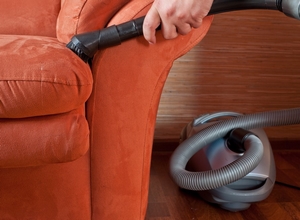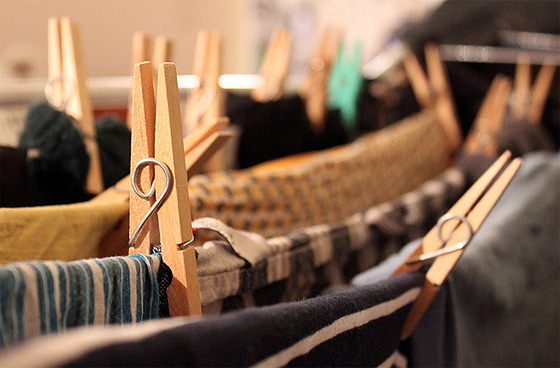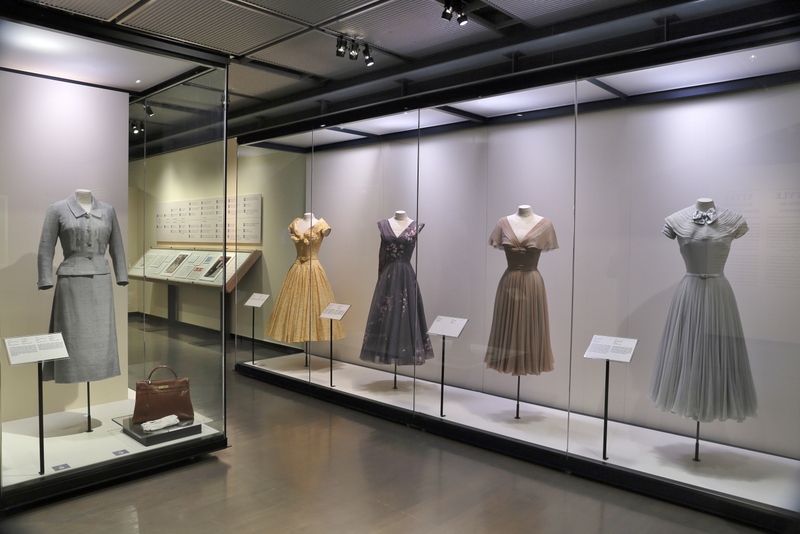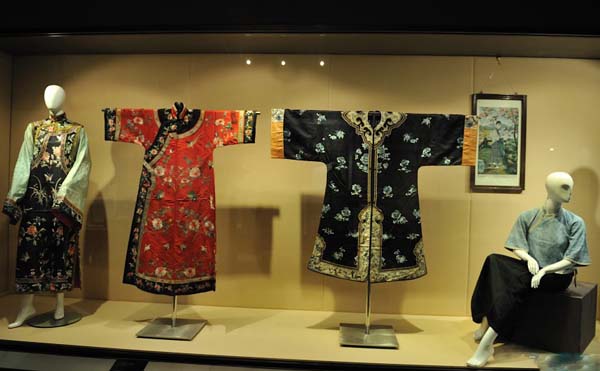
Fabric cleaning. One of the most important treatments in the maintenance of fabrics is their cleaning. Fraud, greasy stains and traces of sweat create good conditions for the development of microorganisms, facilitating the action of destructive factors. Old fabrics, osłabione i dodatkowo obciążane przez brud …


 Disinfection. To combat microbes (for decontamination) in addition to choosing the right measure, the adopted technique of work is very important. Spraying is the most appropriate. The process should proceed in the following stages: 1) drying the object, 2) Purification, 3) application of the disinfectant, 4)
Disinfection. To combat microbes (for decontamination) in addition to choosing the right measure, the adopted technique of work is very important. Spraying is the most appropriate. The process should proceed in the following stages: 1) drying the object, 2) Purification, 3) application of the disinfectant, 4)  Disinsection. In order to protect fabrics from insect attacks, fungicides are placed in cabinets and display cases or sprayed with them. Of course, the basic protection against pests is ensured by regular harvest control, maintaining cleanliness and appropriate environmental conditions, airing.
Disinsection. In order to protect fabrics from insect attacks, fungicides are placed in cabinets and display cases or sprayed with them. Of course, the basic protection against pests is ensured by regular harvest control, maintaining cleanliness and appropriate environmental conditions, airing.  Fabric storage. An important role in preventive treatments is played by proper storage of fabrics. Placing fabrics in a lying position works well, in fairly flat drawers, but yes, so that there are no folds Objects should be interleaved with acid-free tissue paper. Sometimes, especially the bigger ones …
Fabric storage. An important role in preventive treatments is played by proper storage of fabrics. Placing fabrics in a lying position works well, in fairly flat drawers, but yes, so that there are no folds Objects should be interleaved with acid-free tissue paper. Sometimes, especially the bigger ones … The proper operation of these treatments consists primarily in stopping chemical changes and mechanical damage in historic fabrics.
The proper operation of these treatments consists primarily in stopping chemical changes and mechanical damage in historic fabrics. External factors. Fabrics are relatively resistant to external factors. While in the ground, the fabric is subject to the destructive action of various microorganisms and chemicals; when released into the air, it often crumbles. Fabrics of plant origin dissolve in an acidic environment, and of animal origin in …
External factors. Fabrics are relatively resistant to external factors. While in the ground, the fabric is subject to the destructive action of various microorganisms and chemicals; when released into the air, it often crumbles. Fabrics of plant origin dissolve in an acidic environment, and of animal origin in …
 Relative humidity. Both excess and insufficient moisture are harmful to fabrics, but especially its sudden fluctuations. Changes in air humidity cause changes in the dimensions of the fibres, also causing their friction. Low humidity leads to drying of the fibres, which become in …
Relative humidity. Both excess and insufficient moisture are harmful to fabrics, but especially its sudden fluctuations. Changes in air humidity cause changes in the dimensions of the fibres, also causing their friction. Low humidity leads to drying of the fibres, which become in …